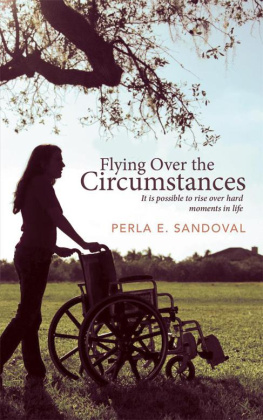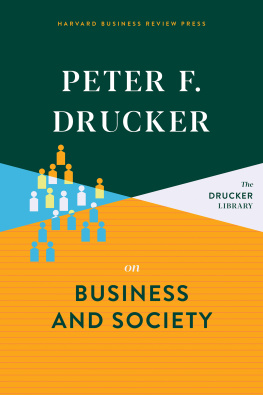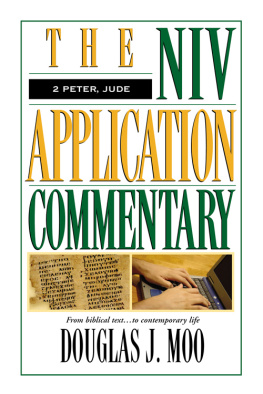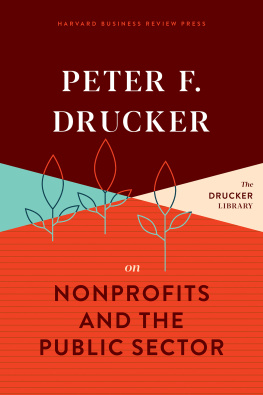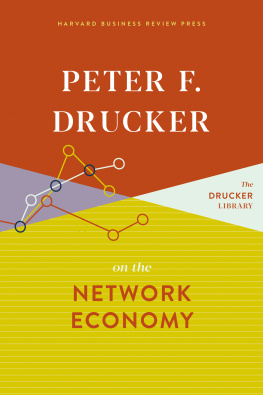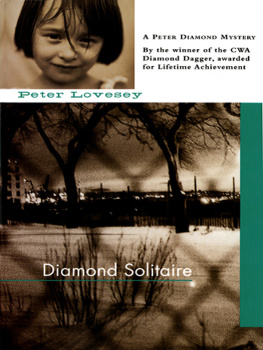Peter Perlas the Art of Wargaming: A Guide for Professionals and Hobbyists
Edited by John Curry
This book was first published in 1990 as The Art of Wargaming by the United States Naval Institute.
This edition printed 2012
Copyright 2012 John Curry and Peter Perla
The rights of John Curry and Peter Perla to be identified as Author of this Work has been asserted by them in accordance with the Copyright, Designs and Patents Act 1988.
All rights reserved. No part of this book may be reproduced or transmitted in any form by any means, electronic, mechanical, photocopying, recording, or otherwise without the prior written permission of authors.
Books edited by John Curry as part of the History of Wargaming Project
Thomas Allen's War Games professional wargaming 1945-1985
Army Wargames: Staff College Exercises 1870-1980.
Contact! The Restricted Canadian Army Tactical Wargame (1980)
Dunn Kempf : the Tactical Wargame of the American Army (1977-1997)
Tacspiel, the American Army's War Game of the Vietnam War (1966)
The British Army War Game (1956)
Dark Guest: Training Games for Cyberwarfare
Paddy Griffiths Napoleonic Wargaming for Fun
Sprawling Wargames: Multi-player wargaming by Paddy Griffith
Verdys Free Kriegspiel including the Victorian Armys 1896 War Game
Tony Baths Ancient Wargaming
Phil Dunns Sea Battles
Joseph Morschausers How to Play War Games in Miniature
And many others
See The History of Wargaming Project at www.wargaming.co for other publications.
ISBN 978-1-4716-2242-7
Cover photo taken by Tim Price MBE
Trademark Notice: The names of most hobby games are trademarks of the companies that publish those games. Use of such a trademark to identify a product discussed in this book should not be construed as implying the sponsorship of the trademark holder, nor should the use of the name of any product without mention of its trademark status be construed as a challenge to such status.
To Steven and Saramay they never see the game become a
reality; and to McCarty Little and Frank McHughmay their
work on the first help keep us from the second.
Dr. Peter P. Perla is a senior research analyst at CNA, a Washington-area, non-profit studies and analysis organization. He has published numerous articles dealing with wargaming and defense affairs. He is also the designer of commercial board wargames.
The original work is extensively referenced with endnotes; these references are together at the rear of the book. Some footnotes have been added to this edition. This are annotated with a * to indicate a footnote at the bottom of the relevant page.
Contents
FOREWORDS to the original edition
Foreword by Admiral Thomas B. Hayward, USN (Ret.)
The battleship is back! Indeed, the four WWII behemoths, now averaging 45 years since commissioning, have returned to active service for what could be another 30 years as the centerpiece of the Battleship Battle Group, perhaps the ultimate in surface action combatant forces of the twentieth century. As I and the OPNAV * staff arrived at the decision to reactivate and modernize these magnificent ships in the late 1970s, a question frequently directed our way by the criticsand they were manywas, to what purpose? To what avail? In what scenario? Against what adversary? Advocates of Dr. Peter Perla's thesis on the utility of wargaming will be dismayed to know that none of these questions were fended off with the aid of gaming analyses. Our professional judgment prevailedand only history will tell us if that was sufficient. I hasten to acknowledge, nevertheless, that OPS analysis/ gaming techniques should have been employed as we grappled with this decision, an acknowledgment I readily make at this juncture, particularly after having the advantage of new wisdom invoked by reading The Art of Wargaming.
There is a message in this of some import, I would suggest, which is that the pages that follow need to be digested by "operators" and "tacticians" of the naval profession, not just by inquisitive and intent Ph.D.s and theoreticians. Perhaps that explains with some justification why this operator has been asked to set the stage for the benefits that are to come to every reader of this important work. Operators are known for their skepticism of the usefulness of wargames in their insatiable quest for new tactical and strategic options. This one is no exception. The history of combat in the twentieth century provides a plethora of support for such skepticism. Artfully countering this viewpoint, however, The Art of Wargaming explores extensively and thoroughly the history, evolution, employment as well as uncertainty of wargaming so as to make this volume one of the most thorough compendiums of wargaming thought available on this controversial subject and a "must read" for the professional.
Wargaming likewise makes the reader acutely aware of the fact that as with most every dimension of warfare, the pace of change in wargaming techniques in the last several decades has been nothing less than awesome. To naval officers of my vintage, who were trained on the checkerboard floor of the Naval War College and weaned on the now archaic NEWS, Admiral Nimitzs observations regarding the value and utility of wargaming as it applied to the ultimate execution of the Pacific War constitutes the baseline from which we are prone to judge the marvels and potential of today's wargaming techniques.
In fact, the encroachment of the computer into the world of wargaming has been so stunning and dramatic as to prostitute the term "wargaming" into representing many things to many people, whether it be the hobby game, pol-mil * , or the full-spectrum global wargame. Biases become inevitable. Mine reside significantly on the side of focused use of simulation (gaming) as a tactical training tool born of the expediency of real-world exigencies. The speed of encounter confronting today's tactician, brought about by the explosive rate of change in weapons technology has placed the individual combatant in an almost untenable position. Not only has the factor of time been compressed by orders of magnitude in the realm of decision making, but the devastating destructiveness and precision of modern weapons impute a burden for wisdom that staggers the imagination. Yet wise and accurate the commander must be. And, not just the commander. The burden flows down to the lowest tactical element. The Persian Gulf incident of 1988 in which the USS Vincennes launched surface-to-air missiles at a supposedly hostile target only to blow a commercial airliner carrying 290 souls out of the sky is a vivid case in point.
A lesson seems clear. Wargaming, in terms of extensive employment of tactical simulators, is no longer a luxury. It is an essential element of combat team training. It is my conviction that wargaming as a training tool constitutes the overriding value of the wargaming technique, whether tactical or strategic. I would almost go so far as to say the only value. For I contend that using the wargame beyond the training dimension is fraught with flotsam that endangers the utility of the outcome unless managed with great care by the experts. Numerous examples are brought forth by Peter Perla in the pages that follow to support this contention. The number of instances in which "one-game experts" expound mightily of lessons learned that are well off the mark is disquietingly large. Yet, it would be foolhardy and disingenuous to suggest that strategic and pol-mil wargaming are not without value. They are, and must continuebut with due caution as to how the end product is employed.



